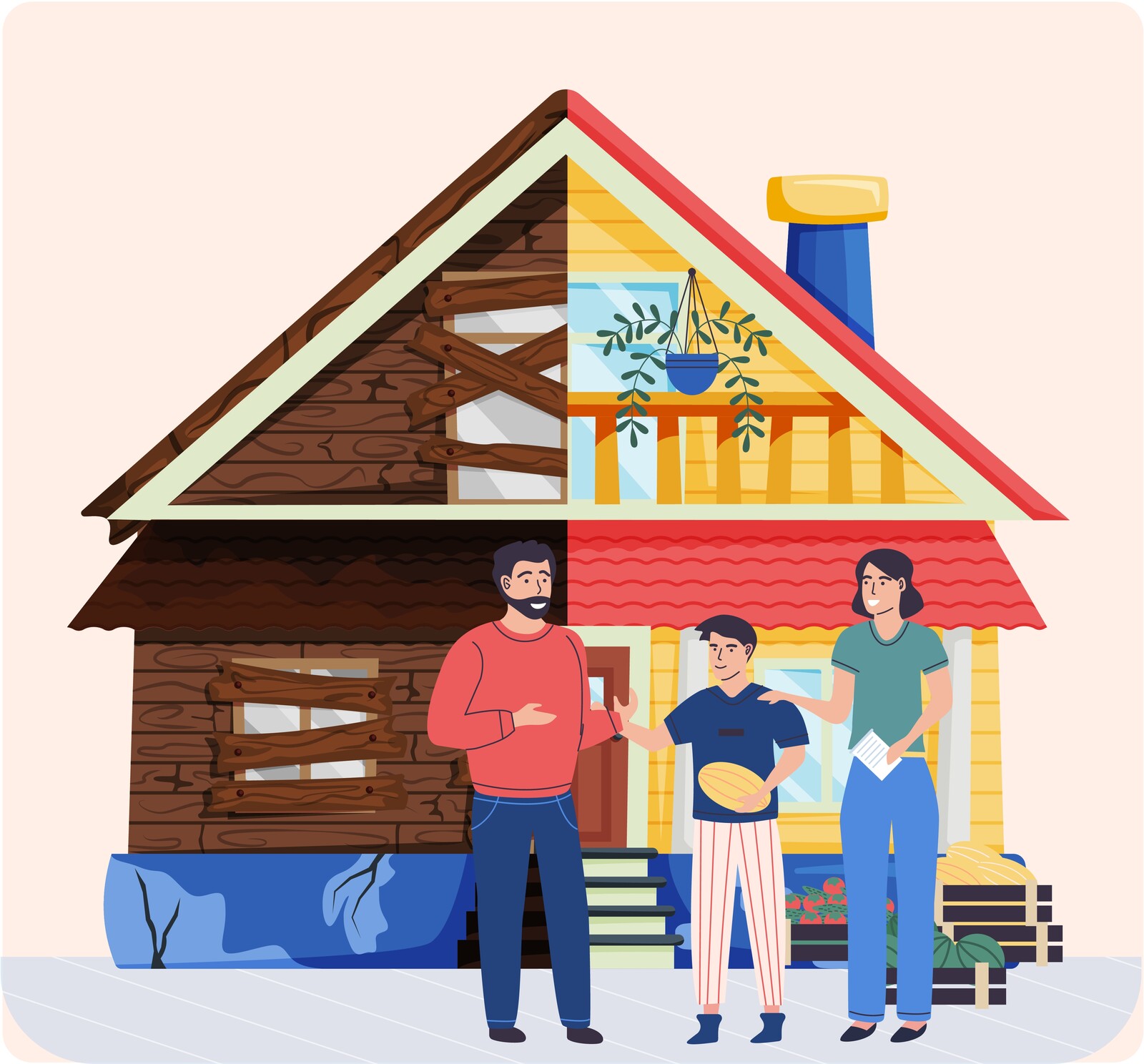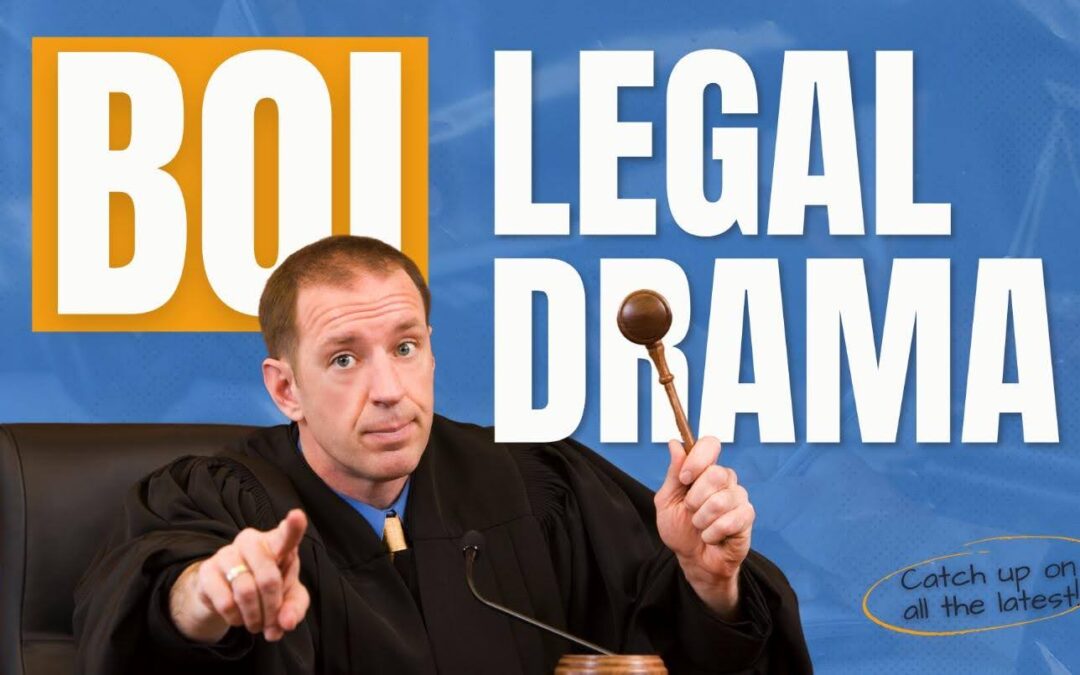
When considering a property to resell, an investor has to decide whether that property is more likely to generate a decent profit or to become a liability. Will the cost of rehabbing the property eat up any return on investment (ROI)? In other words, should the investor choose to rehab, or should they choose to run?
What is “rehabbing”?
Real estate rehabbing, in very basic terms, is the process of purchasing a property, making improvements to it, then reselling that property at a higher price that allows the investor to make a profit. This process is also sometimes referred to as house flipping.
Rehabilitation, by definition, is the action of restoring something that has been damaged to its former condition. This is a very accurate definition when applied to rehabbing a real estate property.
In general, when a real estate investor talks about rehabbing a property, they are usually referring to a property they purchased that requires significant renovations before it can be resold for a profit. The property to be rehabbed is most often a property that has been purchased at a significant discount, which leaves room for the investor to make a worthwhile return on investment (ROI).
70% Rule
A standard method used by investors in making the decision between rehabbing or running is the 70% Rule. This rule advises investors to carefully determine the after repair value (ARV) of the property they are considering and to then not pay more than 70% of that value when making the purchase. If repairs and renovations will cost more than that 70%, it is usually better to run than to rehab.
The after repair value (ARV) of the property is the estimated price it will sell for after all repairs and renovations have been completed minus the estimated cost of making those repairs and renovations. To accurately calculate the ARV, an investor will need not only the estimated cost of the rehab but also the estimated amount those repairs and renovations will add to the overall value of the property.
Once the ARV has been carefully estimated, the investor will be better able to determine the profitability of the property and make a more sound decision about whether or not to make the investment.
Seattle Rehab Market
Home values in Seattle have been rising consistently for the last decade or so, and so has the population. This makes Seattle an excellent location for real estate investors. However, with the population increase, demand for housing often exceeds supply, so finding investments properties – especially those that meet the 70% Rule, may take a little more time and effort. Those investors who are looking for rehab properties to fix and flip may find themselves looking more toward much older homes as investment options. In this case, it is especially important to be as accurate as possible in determining the ARV. And, in some cases, the investor may need to hold onto the property for longer before reselling in order to maximize the return on investment (ROI).
A True Seattle Story
Here at American Made Home Solutions, our mission is to rejuvenate neighborhoods and increase the standard of living by improving the overall quality of housing for the residents. American Made Home Solutions is truly committed to helping each individual customer. We focus on fast response, integrity, and over-delivering on customer service.
A recent example of this involved the Davis family who needed to relocate to Seattle for Mr. Davis to assume a new position with a local technology firm. With homes for sale on the traditional real estate market going for $250,000 – $500,000 or more over the asking price, the Davis family was quickly priced out of that market and came to American Made Home Solutions looking for additional options.
Our team had purchased an older home as a rehab project in as-is condition 8 months prior. Being able to make a cash offer for that home meant we were able to make a fair offer to the seller but still leave a lot of room in our rehab budget for making necessary repairs, upgrades, and renovations. We were in the process of wrapping up the final details of the rehab, so we were able to show the home to the Davis family who immediately expressed interest in purchasing the property.
The property, being an off-market property and not officially listed, was not in a bidding war and we were able to offer it to the Davis family for a price that was fair and in their price range. Although they would need to wait an additional two weeks for us to finish the interior detail work, the Davis family was able to finalize the paperwork and arranged to take ownership contingent on a successful final walk-through once the interior painting and trim work was completed.
The work was actually finished prior to that timeframe and the Davis family, satisfied at the final walk-through, was able to move in three days ahead of schedule.
Conclusion
When choosing an investment property as a rehab project, a lot of considerations are made by the investor before making the final decision to either rehab or run. Making the correct decision not only affects any potential profit for us as an investor but also our ability to make those properties available to our customers at fair and reasonable prices.
At American Made Home Solutions, we take that responsibility very seriously. By putting the customer’s needs first, whether selling or buying a home, we can help you realize your real estate goals. Contact us today, and let’s see how we can work together!





